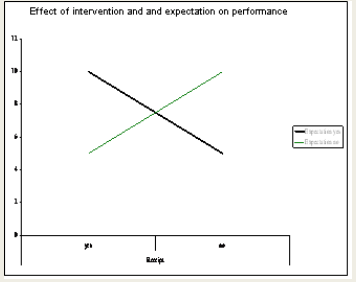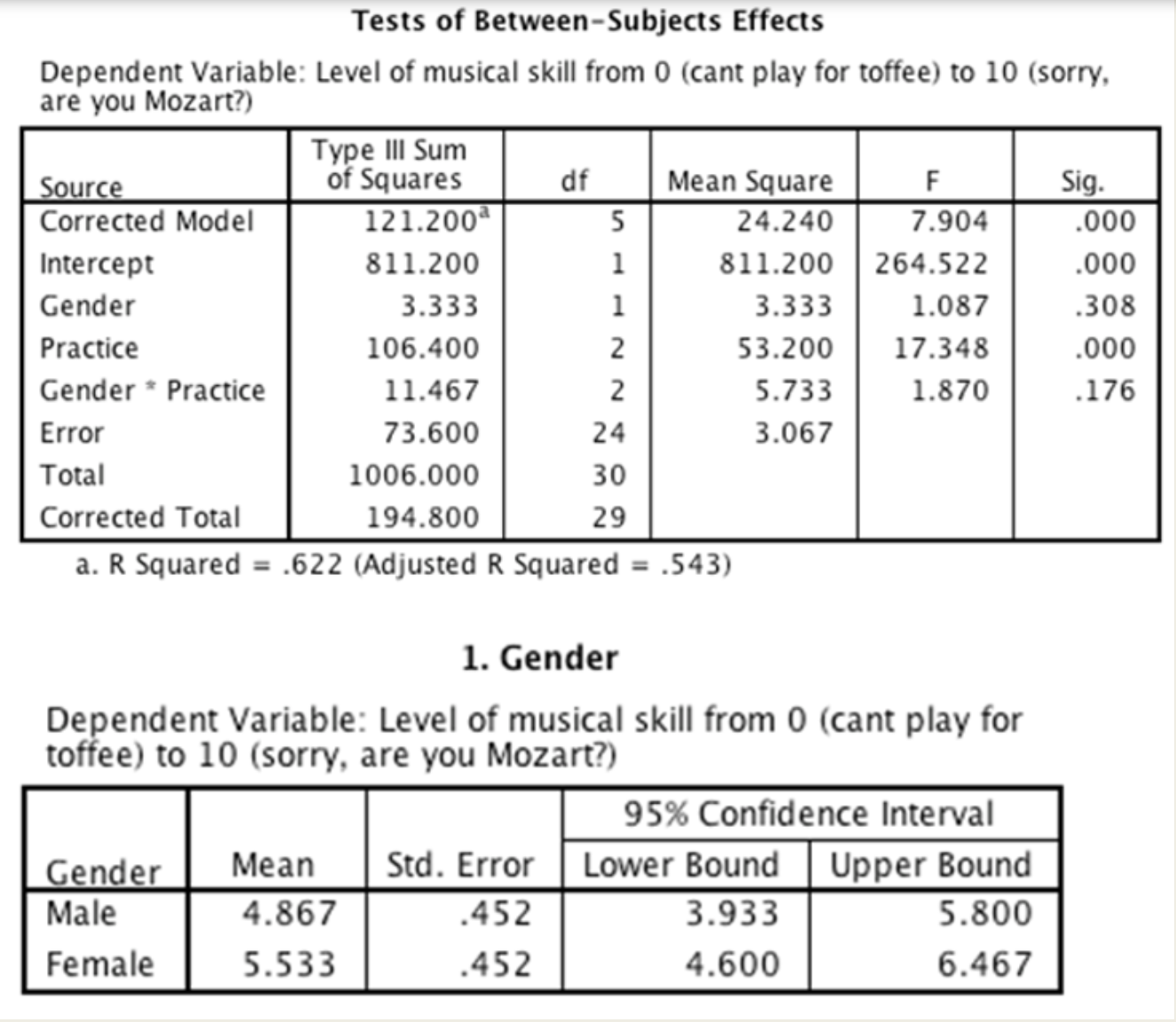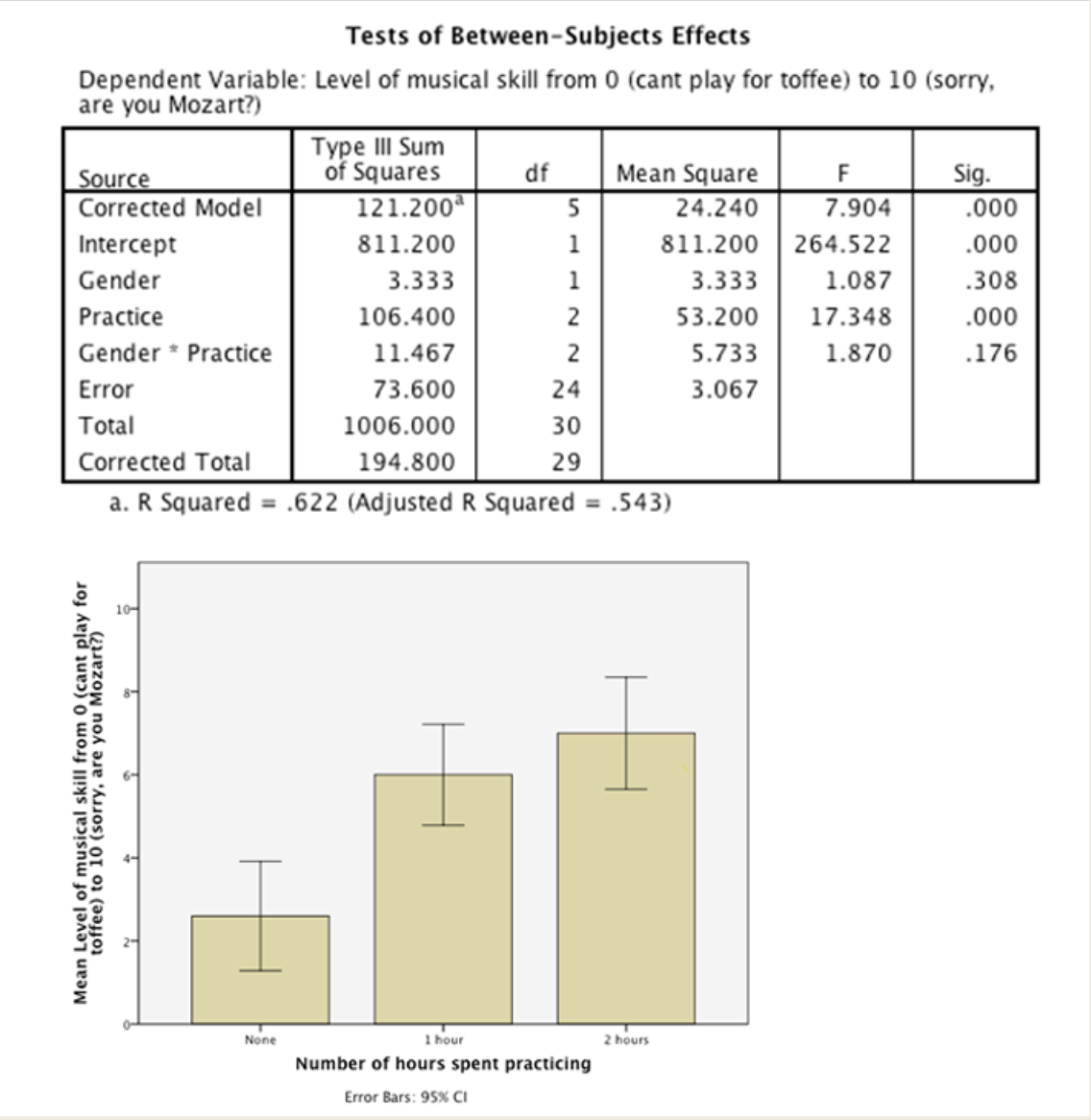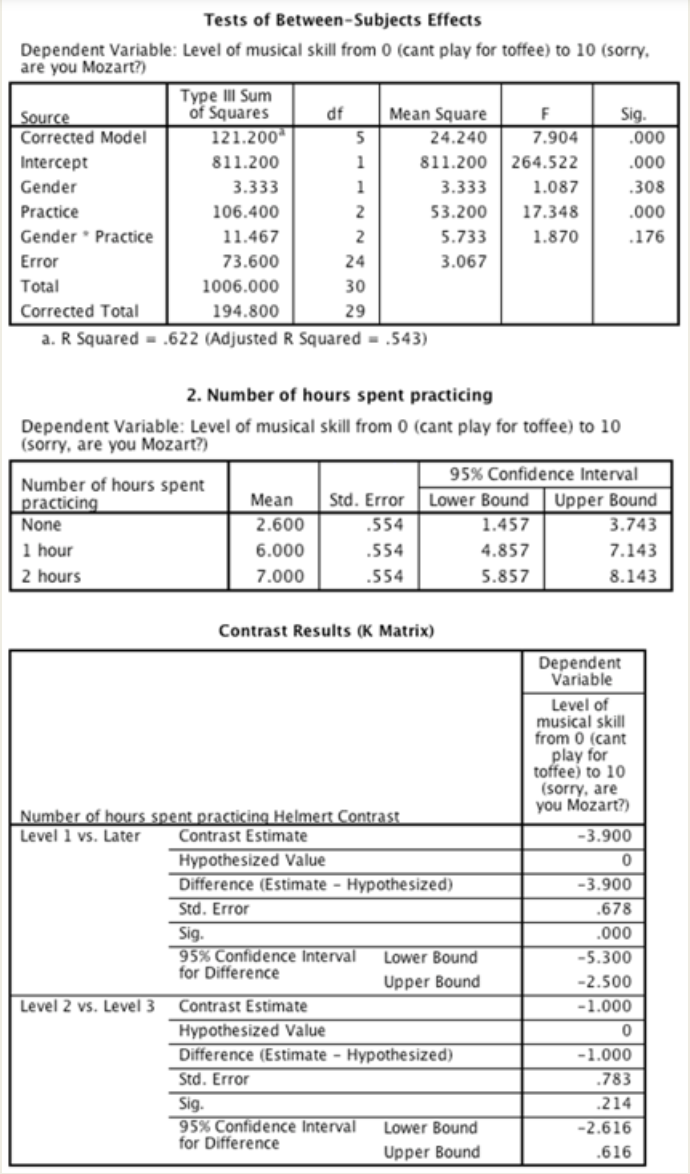Question
1.In a factorial design with two factors, if the effect of one factor appears to depend on the levels of the second factor, this is
1.In a factorial design with two factors, if the effect of one factor appears to depend on the levels of the second factor, this is called
a.An interaction effect
b.A main effect
c.A factorial effect
d.An error
2.A study found that 50 pedestrians gave more money to a street beggar if the beggar had a cute and hungry-looking dog with them compared to if they were alone. The gender of the pedestrians was also noted. Which of the following sentences describes a simple effects analysis on these data?
a.The difference in donations when the beggar had a dog compared to not
b.The effect of having a dog compared to not on donations calculated separately for male and female pedestrians
c.The relative difference between male donations and female donations when the beggar had a dog compared to not
d.Using a graph to do one simple inspection of the mean donations from male and female pedestrians when the beggar had a dog or was alone
3.Simple effects analysis looks at:
a.The effect of one independent variable at individual levels of the dependent variable
b.The main effects of the independent variables, controlling for interaction effects
c.The effect of one independent variable at individual levels of the other independent variable
d.The difference between the main effects of two independent variables controlling for error
4.A study was conducted to look at whether caffeine improves productivity at work in different conditions. There were two independent variables. The first independent variable was email, which had two levels: 'email access' and 'no email access'. The second independent variable was caffeine, which also had two levels: 'caffeinated drink' and 'decaffeinated drink'.Different participants took part in each condition. Productivity was recorded at the end of the day on a scale of 0 (I may as well have stayed in bed) to 20 (wow! I got enough work done today to last all year). Looking at the group means in the table below, which of the following statements best describes the data?






Step by Step Solution
There are 3 Steps involved in it
Step: 1

Get Instant Access to Expert-Tailored Solutions
See step-by-step solutions with expert insights and AI powered tools for academic success
Step: 2

Step: 3

Ace Your Homework with AI
Get the answers you need in no time with our AI-driven, step-by-step assistance
Get Started


